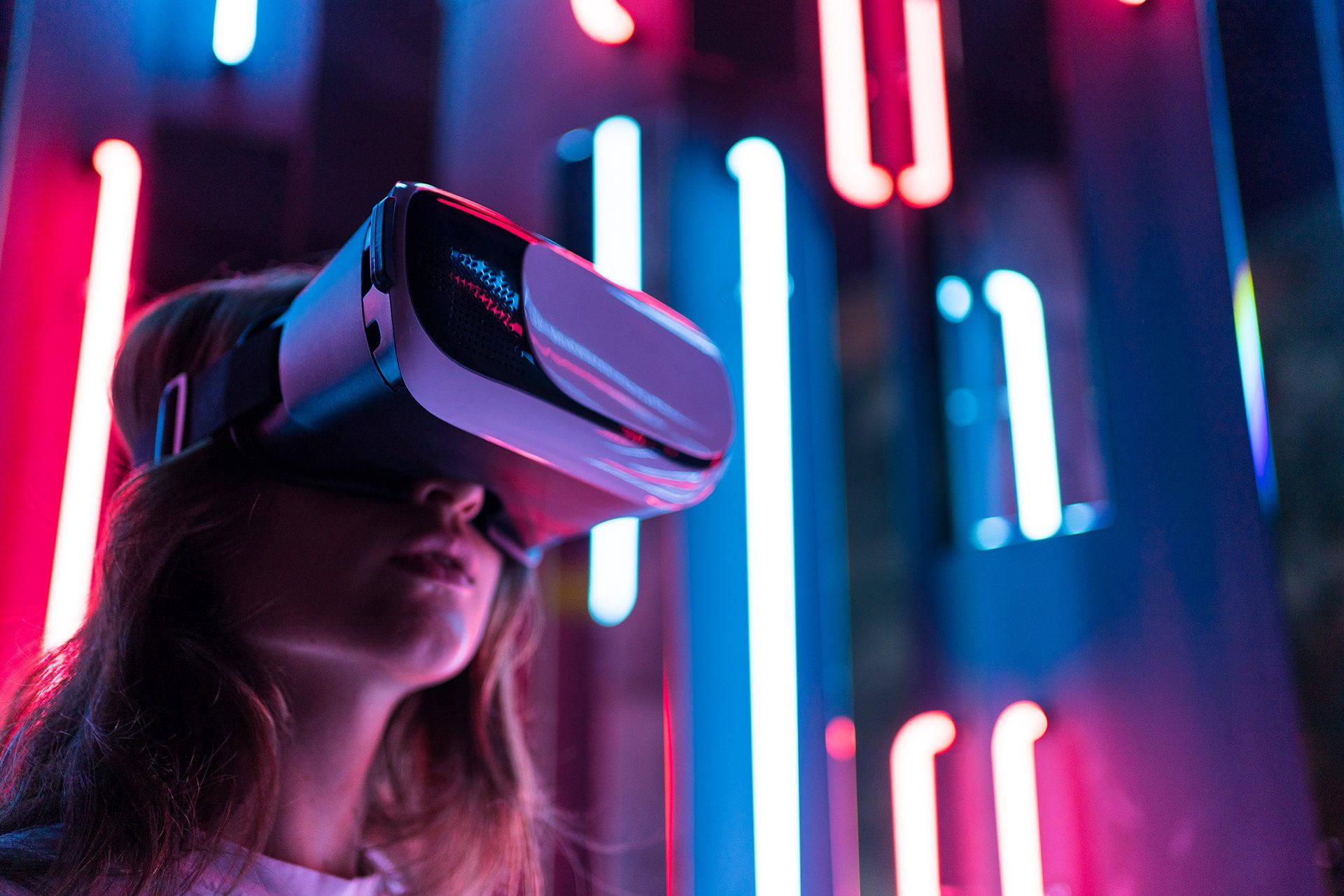In 2023, there were 3.22 billion gamers globally, according to Newzoo. The video gaming market was expected to generate $187.7 billion in 2023, showing a 2.6% year-on-year growth despite economic challenges. The rapid growth of the video gaming market requires expanding the audience to various regions and cultures, and that’s where video game localization steps in. Trends in video game localization reflect the industry’s state-of-the-art and player’s preferences.
Newzoo predicts that by 2024, the mobile games market will generate $113 billion in revenue. Console games will bring in $67.7 billion and PC games – $41.9 billion. By then, the number of gamers worldwide is expected to reach 3.32 billion.
Trends in Video Game Localization
This process includes translating text, adjusting graphics, and modifying gameplay to appeal to local players. In this article, we will examine the newest trends in video game localization, from hyper-localization to AI in games. Enjoy!
The Rise of Hyper-Localization
Hyper-localization goes beyond traditional localization by tailoring a game to specific regions, even individual cities or cultural groups. This level of customization creates a highly immersive and personalized experience. Unlike universal localization, which uses a one-size-fits-all approach, hyper-localization focuses on cultural nuances, local slang, and regional references.
A prime example of successful hyper-localization is Niantic’s Pokémon GO. The game cleverly incorporated real-world locations as PokéStops and Gyms, making the gameplay deeply intertwined with players’ local environments. By using local landmarks and cultural hotspots, Pokémon GO created a unique and engaging experience for players worldwide. Furthermore, the game introduced region-specific Pokémon, encouraging players to explore different areas and discover new creatures. This hyper-localized approach significantly contributed to the game’s massive popularity.
Automation in Localization Processes
Automation tools have significantly enhanced the efficiency of game localization by automating various time-consuming tasks. For example:
- Machine translation (MT): Engines provide initial translations by using algorithms and can be refined through post-editing (PE). MT can be used for both out-of-game and in-game text –which in turn dictates the level of PE.
- Computer-assisted translation (CAT) tools: The store and reuse translated text segments as well as manage terminology. This is extremely useful for updates and new releases of the same titles.
- Localization platforms: Centralize the localization process and allow stakeholders to access the content at all stages.
The use of automation tools in game localization has led to:
- Reduced time-to-market: Streamlined workflows and accelerated translation processes contribute to faster release cycles.
- Cost reduction: Automation of repetitive tasks and efficient resource utilization lead to lower localization costs.
- Improved quality: Consistent terminology and style, as well as advanced quality assurance checks, enhance translation accuracy.
- Increased scalability: Automation tools can handle larger volumes of text and multiple languages simultaneously.
- Enhanced collaboration: Centralized platforms facilitate seamless collaboration between team members.
Automated localization workflows typically involve text extraction, machine translation, human post-editing, and integration of the translated text back into the game. To facilitate collaboration, track progress, and maintain consistency, many teams rely on centralized localization platforms that offer features such as:
- Centralized content repository: Storing all game text in a single location.
- Version control: Managing different versions of translations and tracking changes.
- Translation memory: Reusing previously translated content to improve efficiency and consistency.
- Quality assurance tools: Identifying potential errors and inconsistencies.
- Project management features: Tracking deadlines, assigning tasks, and monitoring progress.
Integration of Machine Translation
Machine translation (MT) powered by AI has made significant progress in recent years, offering faster and more accurate translations. While human translators remain essential for complex and nuanced content, MT can be a valuable tool for initial drafts, repetitive text, and large volumes of data. Here are the current trends in AI-powered machine translation in game localization:
- Advanced Neural Machine Translation (NMT): NMT models produce human-like translations, capturing in-game dialogue nuances. They understand context, providing accurate and culturally appropriate translations.
- Real-time language support with AI-powered chatbots: Chatbots provide real-time translation for in-game communication. They offer personalized language support based on player preferences.
- Improved speech-to-speech and speech-to-text translation: AI in games enhances voice acting with accurate, natural translations. Speech-to-text helps players with disabilities by providing subtitles and transcriptions.
MT offers speed and cost-efficiency, but it still faces significant challenges for game localization:
- Accuracy: MT often struggles with nuances, idioms, and cultural references, leading to inaccurate or nonsensical translations.
- Consistency: The use of MT may result in terminology and style inconsistencies, damaging brand image.
- Contextual understanding: MT may lack the ability to grasp context, resulting in incorrect translations.
- Language pair limitations: MT is more developed for certain language pairs, which limits its effectiveness for less common languages.
As AI technology develops, we can expect machine translation to become even more reliable and play a larger role in the localization process. Advanced MT models can analyze vast amounts of data to identify patterns and improve accuracy over time, leading to more consistent and high-quality localized content. However, while MT is a valuable tool, human expertise still remains crucial for high-quality localization.
The Augmented Reality (AR) and Virtual Reality (VR) Rise
AR and VR games offer immersive experiences that blur the lines between the real and virtual worlds. Games like Pokémon Go and Beat Saber have demonstrated the immense popularity of these platforms. AR and VR game localization presents unique challenges, as it involves adapting not only text but also graphics and audio to different cultures.
For example, AR games may need to localize in-game objects, landmarks, or characters to match the local environment. VR games may require adjustments to spatial audio and user interface to accommodate different language preferences.
Voice-Over and Text to Speech (TTS) Technologies
Audio localization is essential for creating an authentic and immersive gaming experience. Voice-over actors bring characters to life and convey emotions effectively. However, producing high-quality voice-over recordings can be time-consuming and expensive.
Text-to-speech (TTS) technology offers a potential solution by generating synthetic speech from written text. While TTS has improved significantly, it still falls short of human-quality voice acting in many cases. Nevertheless, it can be used as a placeholder during development or for less critical in-game text, such as menus or notifications.
New AI models like Azure are pushing the boundaries of TTS, producing more natural-sounding and expressive synthetic voices. Sophisticated algorithms and vast amounts of training data drive these advancements and enable AI in games to accurately capture the nuances of human speech.
Source: Alocai.com
The video game localization industry is quickly changing due to new technology and shifting consumer preferences. Hyper-localization, automation, machine translation, AR/VR, and voice-over technologies are reshaping the way games are adapted for global audiences.
As the industry evolves, localization professionals must keep up with new trends and develop skills to meet the needs of diverse players. The future of game localization is full of potential for innovation and creativity, as developers aim to create global gaming experiences.





